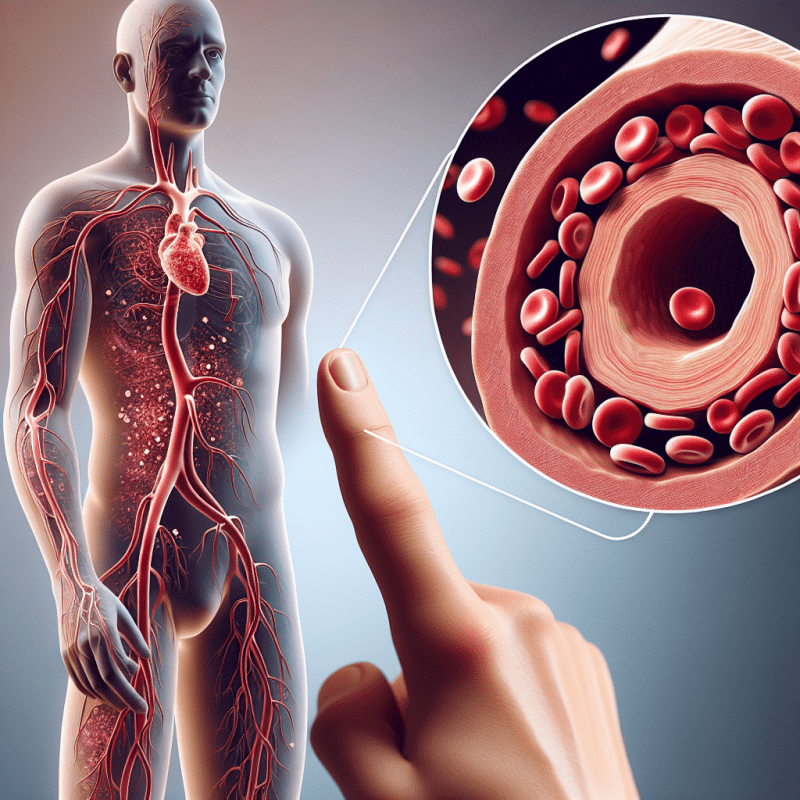Understanding the Hunting Response: A Comprehensive Guide
The hunting response, also known as the “Lewis hunting reaction”, is a physiological phenomenon that our bodies use to adapt to being in cold conditions and environments. This process is the perfect example of how humans are able to adapt and live all over the world, and even in freezing conditions. Our bodies do this by switching between the constriction and expansion of blood vessels to minimize heat loss.
Keep reading and find out how the hunting response can help us fight the cold, and benefit us during ice baths.
What Is the Hunting Response?
Lewis hunting reaction or the hunting response is a cyclic process characterized by alternating between vasoconstriction and vasodilation. Vasoconstriction is the tightening of blood vessels, while vasodilation stands for the expansion of blood vessels. It got its name from the researcher Thomas Lewis, who first described it in 1930 (1).
When your body is exposed to the cold, vasoconstriction minimizes heat loss. However, if the cold exposure doesn’t stop, something interesting will happen. Your body will start expanding blood vessels again, and start circulating warm blood to the colder areas of the body, often your:
- fingers,
- toes,
- nose,
- ears.
Our body uses the hunting response mainly to prevent hypothermia and other cold-related injuries. Lewis’s hunting reaction probably developed in time, because people evolved to be able to live in the extremely cold areas of the world.

Physiological principle of the hunting response
This process is a complex biological reaction, and we won’t go through too many details here. We will have a look at the hunting reaction as a whole. When exposed to the cold, you will go through a cold-induced vasoconstriction, then vasodilation, and then more constriction. This alternating pattern helps to spread warmth from your body’s core to your extremities. It’s called the hunting response because your body keeps “hunting” for warm blood.
The relationship between the hunting response and our vascular system is crucial and can be directly linked to the Vascular Shunting Mechanism (2). This is a mechanism in which the blood flow is redirected from less crucial areas of the body to more vital organs. This response is crucial in maintaining internal heat and preventing hypothermia of the body’s core.
The hunting response and our nervous system
The hunting response is regulated by the nervous system, specifically by the autonomic nervous system (ANS) and sympathetic nervous system. When your skin is exposed to cold, the hypothalamus in the brain detects this through temperature sensors in your body and signals the sympathetic nervous system to trigger vasoconstriction and save enough heat. The process will go back to vasoconstriction again to save your extremities from injury.
This cycling between vasoconstriction and vasodilation is controlled by the balance of our hormones and chemicals, such as norepinephrine and nitric oxide, which causes the blood vessels to widen. Adrenaline also plays a role in this process, as it pushes for vasoconstriction during cold stress. This is how our body reacts to protect itself from the cold and keep its core warm (3).

Lewis Hunting Reaction – Examples
Without a doubt, the hunting response plays a major role in cold-weather sports and activities. For example, alpine climbers and skiers depend on the Lewis hunting reaction to maintain their body’s temperature and prevent hypothermia.
There are more examples of the Lewis hunting reaction in physiotherapy. This reaction is important in understanding certain health conditions, like Raynaud’s disease (4). This is a disorder by which blood circulation is impaired in response to cold or stress.
Efficient thermoregulation can also mean better efficiency of cold-induced therapy routines, like hydrotherapy and ice baths. This brief exposure to extreme cold can help treat various health conditions by enhancing muscle recovery after exercising and boosting your overall health and wellness.
The Hunting Response and Cold Therapy
The hunting response is directly related to taking an ice bath because it is exactly how the body manages exposure to extreme cold. When you submerge in an ice bath, your body’s initial reaction will be vasoconstriction, as we explained previously.
However, after a longer cold exposure (5-10 minutes), the hunting reaction kicks in. The body starts cycling between vasoconstriction and vasodilation to move the warm blood to the extremities and prevent frostbite. This dilation allows warm blood to reach the skin temporarily before the body goes back to constriction again. The alternating blood flow during an ice bath helps protect the skin and underlying tissues while still prioritizing core warmth.
There are many more therapeutic effects of cold therapy. Read all about them in our articles:
- Uncover the Unique Ice Bath Advantages for Health & Recovery
- Explore the Top Cryotherapy Benefits for Health and Wellness
- Discover the Top Cold Plunge Benefits for Health and Wellness
Learn the science behind taking an ice bath by watching this video:
Conclusion
The Lewis hunting reaction or the hunting response is a very important physiological process and the way our bodies protect themselves from the cold. By continuously cycling between vasoconstriction and vasodilation, our body can prevent the development of hypothermia and frostbite. By understanding the principles of the hunting response, you can be sure that it will help you in many everyday situations, even when taking an ice bath.
The hunting response will help your body during cold therapy, for example when you take an ice bath. Your body will react quickly and increase your blood circulation. This can help with muscle relaxation after exercise, or bring more heat to areas with slower blood circulation.
Thanks for reading! Cheers to your health and happiness.
Reference list
- Lewis T. Observations upon the reactions of the vessels of the human skin to cold. Heart. 1930;15:177–208.
- Pries AR, Höpfner M, le Noble F, Dewhirst MW, Secomb TW. The shunt problem: control of functional shunting in normal and tumor vasculature. Nat Rev Cancer. 2010 Aug;10(8):587-93. doi: 10.1038/nrc2895.
- Ramanlal R, Gupta V. Physiology, Vasodilation. [Updated 2023 Jan 23]. In: StatPearls [Internet]. Treasure Island (FL): StatPearls Publishing; 2024 Jan-. Available from: https://www.ncbi.nlm.nih.gov/books/NBK557562/
- Jobe JB, Goldman RF, Beetham WP Jr. Comparison of the hunting reaction in normals and individuals with Raynaud’s disease. Aviat Space Environ Med. 1985 Jun;56(6):568-71. PMID: 4015569.



